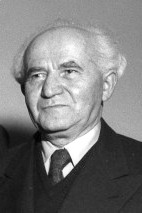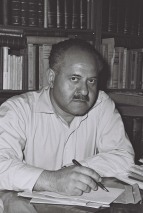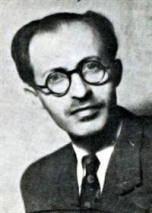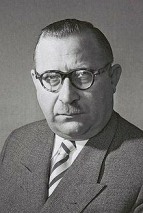Pages in Section 9

Jewish United Resistance Movement
ii. Resurgence of LEHI
iii. Creation of the Palestine Police Mobile Force
iv. The Hunting Season
v. Jewish United Resistance Movement
vi. History of the Mundane - Speed Trap
Changed circumstances in Britain put an end to co-operation between the CID and the Jewish Agency.
Shortly after the Labour Party came into power in the UK, Moshe Sneh, head of Haganah, and David Ben Gurion, head of the Jewish Agency, realized that the British would not rescind the terms of the White Paper. Moshe Sneh suspended the Hunting Season and the Jewish Agency decided to launch military action against the British and prove to Palestinian Jews that Haganah was as pro-active as the Irgun and Lehi groups. The main objectives of the campaign were to destroy transportation links to the rest f the world within Palestine, and shatter the British army's reputation as the most powerful force in the Middle East.
Moshe Sneh, along with his chief of staff, Yisrael Galili, approached Menachim Begin, head of Irgun, and Nathan Yellin-Mor, a Lehi commander, and persuaded them to join him and David Ben Gurion as joint commanders of a United Resistance group. In October 1945 the Resistance Group drew up a pact.
 Ben Gurion |
 Moshe Sneh |
 Menachem Begin |
 Nathan Yellin-Mor |
They were to continue as three separate bodies, but no group would implement combat plans (except for raids designed purely to acquire weapons,) without the approval of the United Resistance Command. All groups would carry out all combat missions assigned to them by the command of the United Resistance Movement. The United Resistance carried out its first joint mission on November 1, 1945.
That night, at 11 p.m precisely 50 Palmach units sabotaged some 153 spots along railway tracks throughout the country, while the Palmach's marine unit, the Palyam, sank three British patrol launches; two in Haifa and one in Jaffa. There were no human casualties in any of these Palmach operations.
The Irgun unit, raided a train station in Lydda but they arrived late and the British were already alerted by the Palmach attacks. During the gun-fight in which two British and four Arabs were killed the Irgun managed to blow up three train engines and a number of buildings.
The Lehi were less successful in their scheme which involved launching an attack on the oil refinery in Haifa. One man died when the explosives he carried detonated prematurely. The blast severely damaged some buildings, but the oil tanks, which were the primary target, remained intact.
The police realized the situation had escalated beyond their control and they would have to rely on the assistance of the army.